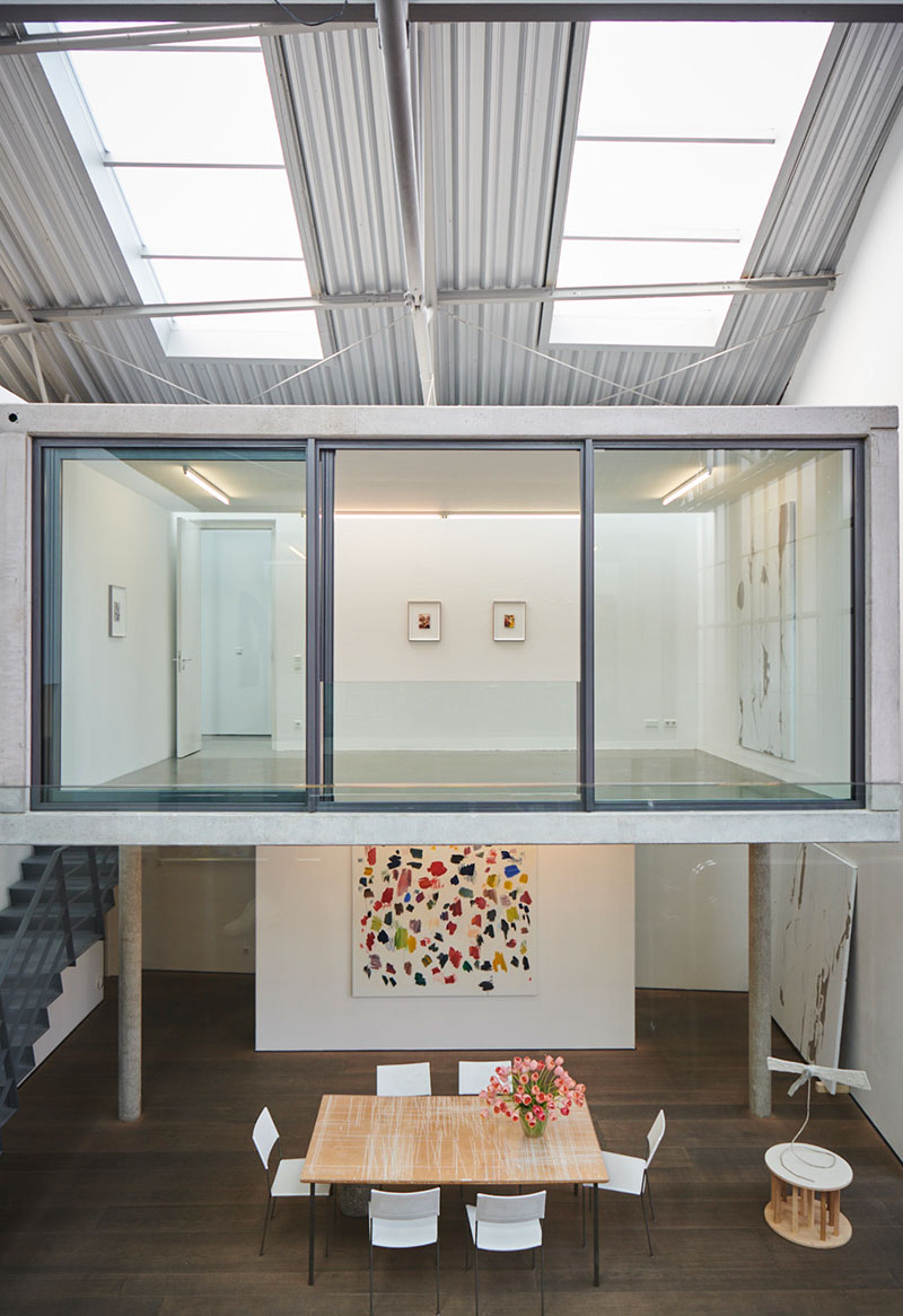
Alongside her two sisters Bärbel and Sabine, Karola Kraus was born into what would become one of Germany’s most important art collections of post-war Informalism. Originating in the 70s, the Grässlin Collection began when Kraus’ parents ended a Sunday visit at Erich Hausner’s studio by buying one of his sculptures. Years later, once the children had avidly sided with their parents’ affection for art, the collection organically grew into a representational mix of works from the 80s, 90s, and 2000s. The collection itself always aimed to question the new; the new that in the eyes of others would entail the unconventional. Adhering to the perspectives of pariahs of their time such as Isa Genzken, Martin Kippenberger, and Franz West, the Grässlin family eventually surfaced as pioneers for contemporary art, interrupting the visual language that otherwise was practiced and approved by bourgeoise notions of human expression. Today the collection’s omnipresence—which, since the very beginning, remained at its birthplace in the small town of St. Georgen in the Black Forest —perfectly aligns with what has become indispensable within the pathway of art history, reckoning moments of time way before they’d simmer into homogeneous representations of modern-lived realities.
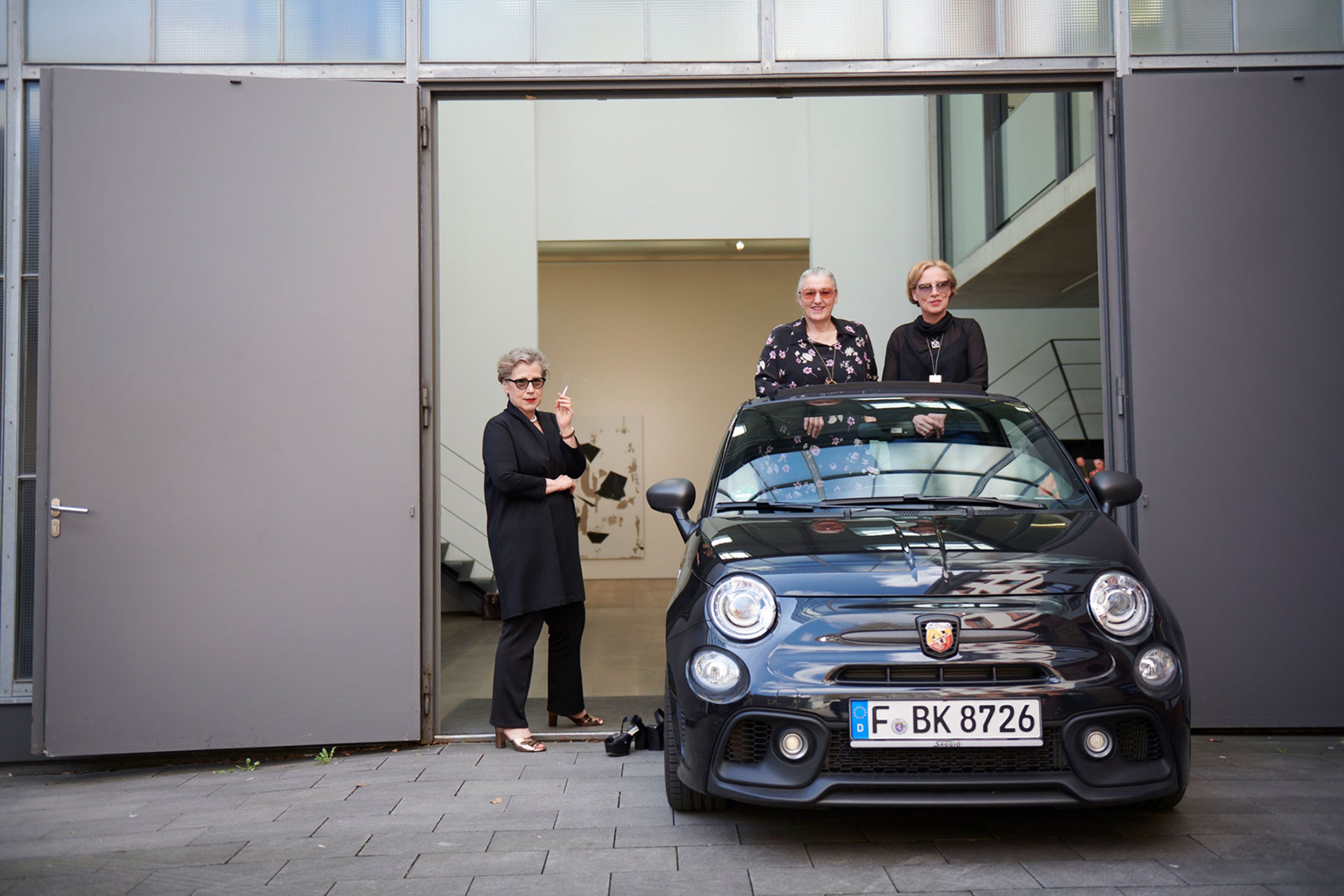
Growing up, the Kraus household became somewhat of a revolving door to the art world. Some of the family’s visitors even stayed, what seemed like, forever. Kraus reckons the year Kippenberger stayed in St. Georgen was to escape a drinking habit that would often ensue within a city’s social scene. One doesn’t need to be an old acquaintance to realize Kippenberger’s impact on her as a teenager, and the woman she is today. Her past is full of carefully-chosen narratives that explore the relationship between her and the artist; such as those times she skipped school in order to hang out with Kippenberger at the town’s local cafe.
Aside from co-managing the family’s foundation with her sisters, Kraus continues to fan her nonconformist flames in contemporary art as mumok’s director since 2010. Especially keen on introducing new perspectives that are often overlooked — like that of Eastern Europe — she publicly materializes an agenda that doesn’t become another home for politically-soft consumption, but a place to genuinely discuss the past, as well as the future. Kraus’ trajectory — as a director as well as a collector — offers a brave discourse where conventionality comes to a rest, but never to die.
Collecteurs: You had an intimate friendship with Martin Kippenberger, often meeting at cafes instead of attending school. In what ways — directly, as well as indirectly — did your friendship with Kippenberger influence your future in the arts?
Karola Kraus: In 1980, Martin Kippenberger lived with my family in St. Georgen for a year. He was going through an incredibly productive phase at the time. He made many of his series of paintings in his studio in the Black Forest and today these are seen as some of his major works. Thanks to Kippenberger, I was first introduced to contemporary art. Our friendship and the many conversations we had were certainly a very influential factor in my decision to make art my career.
C: What’s one of the things you remember the most about Kippenberger during the time he lived at your home?
KK: He lived and worked in the Black Forest in 1981 and again from 1991 to 1993. In her book “Kippenberger: Der Künstler und seine Familien” (Kippenberger: The Artist and His Families), his sister Susanne wrote that he found one of his families in St. Georgen. Sometimes people had a hard time being around Martin; many found his very direct nature difficult to accept. But he was always very respectful to us. I will never forget Christmas Eve in 1981, when the walls of our living room were covered from top to bottom with his freshly painted works. That evening we all worked together to arrange them into series and give them titles. His way of working was characterized by including others. We never had such a Christmas again.

C: Sitting at these cafes with Kippenberger, what would you speak about? Was he a listener, or a talker?
KK: He was definitely a talker! He was bursting with ideas for new works and wanted to share them with me. Then, of course, he’d also tell his latest jokes…
C: The Grässlin Collection initially started as a family establishment and continues to operate as such. Is it important to you that the collection keeps running under your family?
KK: The roots of the Grässlin Collection go back to the 1970s, when our parents began to collect works of the German Informel movement. Our living room became a forum for lively discussions with artists who visited us in our idyllic Black Forest home.
In 1981, my siblings and I began to collect art of the 1980s. We were again focused on art of the present. It was an expression of our faith in the power of this very art, and also of our need to explore the new. It was risky since the art we decided to collect wasn’t easily understood — it was very controversial. Works by Werner Büttner, Martin Kippenberger, and Albert Oehlen, or sculptures by Isa Genzken, Georg Herold, Mike Kelley, Meuser, or Franz West were seen as difficult, cynical, or even arrogant.
Since the early 1990s, the collection has expanded with international artists like Kai Althoff, Cosima von Bonin, Clegg & Guttmann, Mark Dion, Michael Krebber, Christopher Williams, and Heimo Zobernig, all of them were and are artists who explore conceptual questions and specific places and venues. To this day, the members of my family are all very attached to their first home. And although we often loan works to international museums, our parental home remains the focal point of our meetings with the artists in the collection. In 2004 the Grässlin Foundation was set up to secure our exhibition activities. My sisters Bärbel and Sabine Grässlin and I collect together, and we also collaboratively plan all the exhibitions in St. Georgen with our collection management team.
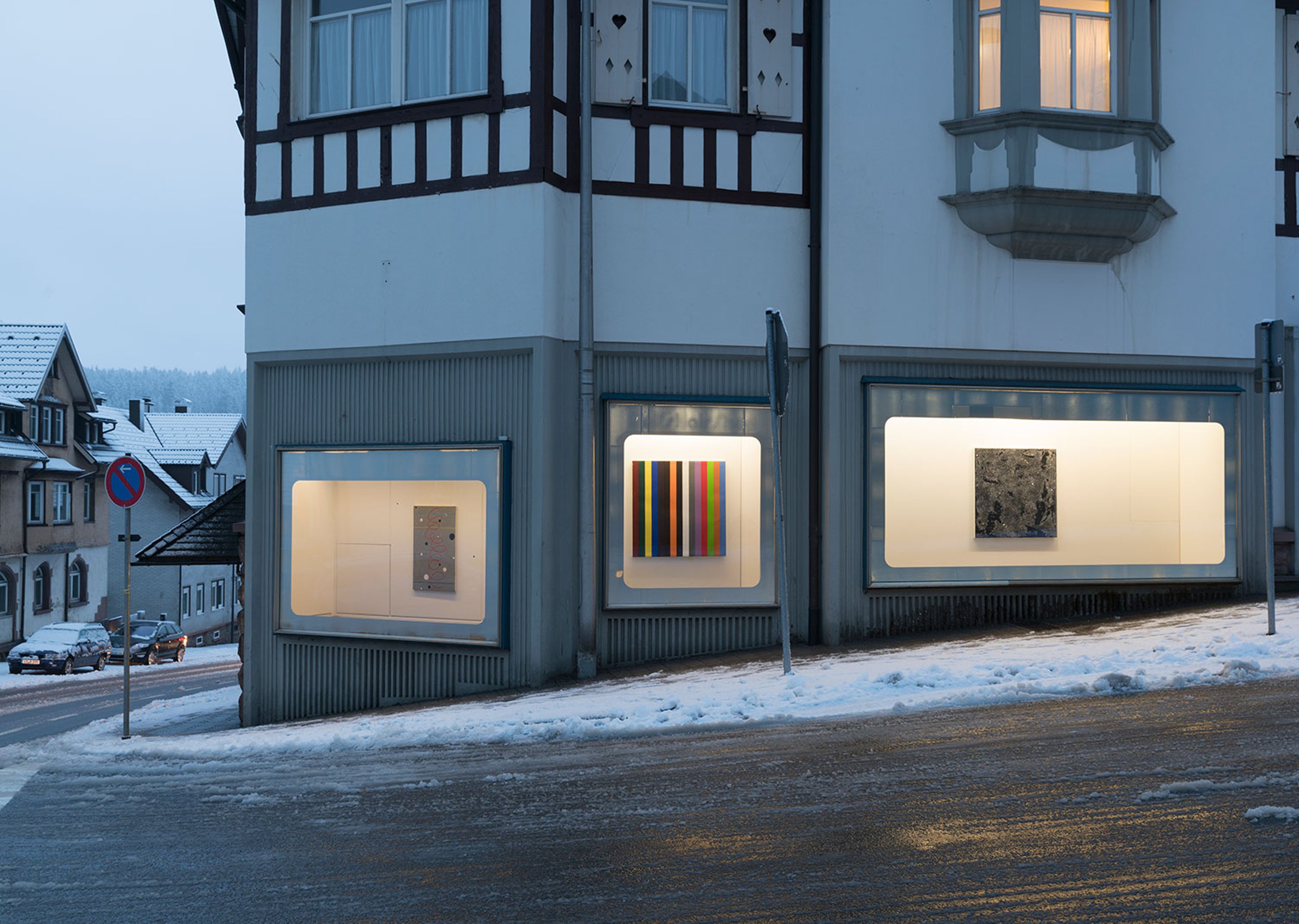
C: Within your adult relationships with artists, have you been equally involved with keeping up an active dialogue like your parents? Do you think relationships between artists and collectors have changed over the past decades?
KK: From the very beginning it was always important for us to enter into dialogue with artists whose works we collected. But this didn’t influence our objective view of their works. Thanks to Bärbel, who was Max Hetzler’s partner in the early 1980s, we got to know artists associated with the Max Hetzler Gallery very early on, and we also began collecting their works. After Bärbel opened her own gallery in Frankfurt in 1985, she continued to work with the same artists and our families remained friends. When I established the non-profit Daxer Artspace in Munich in 1999, the scope of our collecting activities began to include artistic positions of the early 1990s. To this day we see ourselves as friends of all the artists in our collection.
I know many collectors who set store on a personal relationship with artists. But that’s not the case for all collectors. Today, many people around the world treat art like stocks and shares, and buy it for reasons of prestige. These types of collectors might not need direct dialogue with artists.
C: …which I guess is fair enough, people not needing direct contact with the artist. What do you think these people might miss out on?
KK: Working and talking with artists has always been crucial to me. Often artists tell me about other artists whose works I then exhibit or begin to collect. I have friendships with many artists, and that really enriches my life.
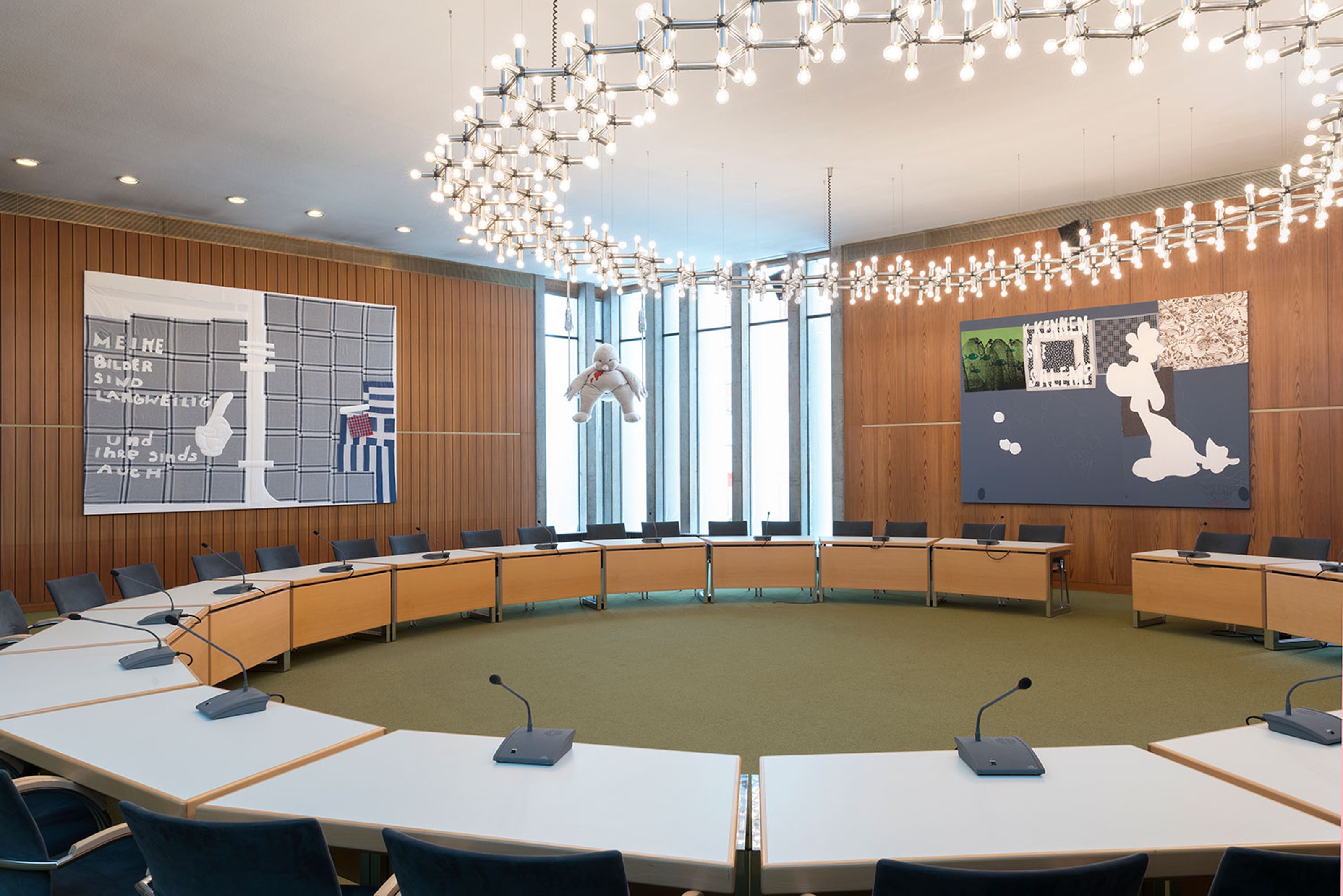
C: When you and your sisters began acquiring controversial artists in the 80s, why was it particularly difficult to collect them?
KK: The artists we decided on were making works that violated taboos and held mirrors up to society. Their socially critical, political, and difficult works were not widely accepted at the time, and were seen as very critical. They had to fight long and hard for recognition in the international art market. There were only a few collectors who saw the quality of these artists and supported them.
C: Why do you think art that violates taboos is difficult to be recognized by the market? Especially in this day and age…
KK: For German artists in the 1980s, recent German history was still very much a taboo subject. It was very risky to address this particular theme in art. War, student movements, the AIDS crisis, and women’s rights are some of the tough themes artists dealt with. Pictures on these very issues certainly irritated the broader public. But we thought it was important and necessary that art addressed problematic issues, and not have them turned into taboos.
C: But still today, these topics are generally problematic. Is it the fault of institutions, or the audience?
KK: Artists often hold up a mirror to society and confront us with realities that we don’t want to see.
C: What taboos are we dealing with right now?
KK: In today’s globalized world there are quite a few different issues to face. The distribution of resources, power of the media, and despotic rulers in some countries. Many artists are still addressing themes like colonization and its consequences. The holocaust, slavery, genocide, resistance to totalitarian systems, violent interventions, and flight, like our exhibition Natural Histories. Traces of the Political clearly showed.
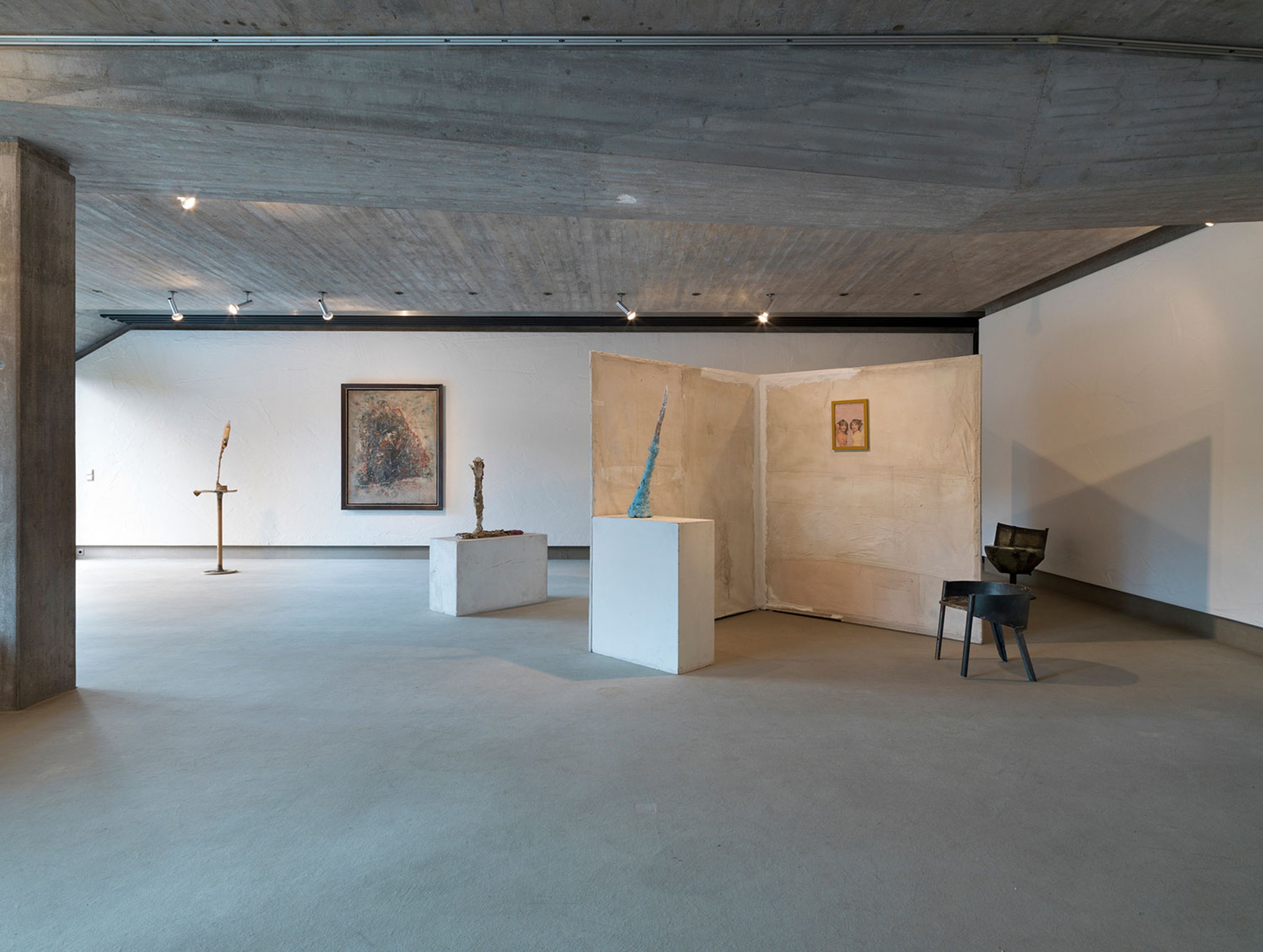
C: The Grässlin Collection is also immediately connected to the local urban structure of St. Georgen by being located in previously-deserted spaces around town. In what ways is this link between art and urban life important?
KK: St. Georgen is a small industrial town, which was once home to the long-lasting electronics company Dual. In the late 1980s, Dual became insolvent, and a quarter of the people in the town lost their jobs. This led to a serious economic crisis, and many shops were forced to close. We made a virtue out of necessity by showing parts of our collection in empty retail stores. We also exhibit in the plenary chamber inside the town hall, the town park, the Volksbank, and in the private homes of my mother and my sister.
In 2006, we opened a new building with an art space, a depot, and a restaurant as the starting point for tours of the various spaces for the art in town. Starting there, you can take a walk through the town and see parts of our collection at different venues.
Every year we put together a new selection of works from the collection and exhibit with alternating monographic presentations and thematic group shows. Thus, the presentation of our collection is based on networking with the local town. We consider ourselves lucky that our exhibition activities are seen very positively by the people of St. Georgen, and we are proud that KUNSTRAUM GRÄSSLIN and RÄUME FÜR KUNST have become firm fixtures in the art world.
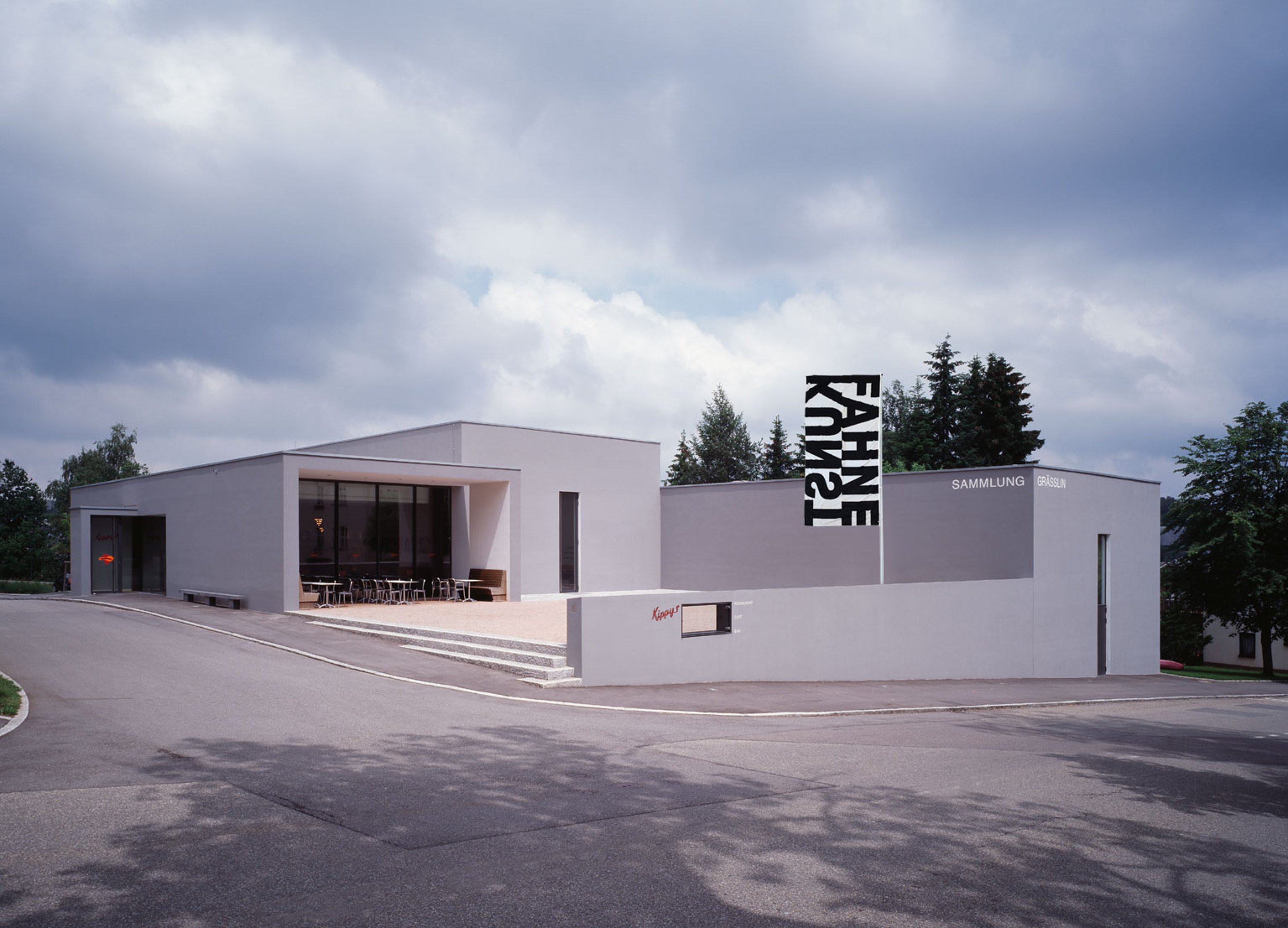
Sammlung Grässlin (Grässlin Collection) in St Georgen

C: How do you define the differences between your responsibilities of managing your family’s collection and your director’s position at mumok? Do you actually think it’s crucial to separate these two entities in terms of exploring similar artists and themes?
KK: Due to my parents’ passion for collecting I came into contact with artists at an early age. This was how I first became interested in contemporary art. Over several decades I have worked hard to build up a large network that has been crucial for my own professional development. This network was one of the reasons I was appointed Director of mumok. In the past, there have been some overlaps, which I think is fine if they concern important international artists. For example, mumok held retrospective shows of Cosima von Bonin and Albert Oehlen, who have exhibited in internationally renowned museums in recent years and have gained significant international recognition. For 2020 we are planning a Heimo Zobernig retrospective, one of Austria’s most important artists.

C: How do your long-term goals for your family’s collection differ and/or coincide with your goals for mumok?
KK: The concept of the Grässlin Collection is focused on just a few artists, and we try to purchase key works from all of the phases of their work. Our collecting activities concentrate on our own subjective selection of artists from our generation. A public collection like mumok has an educational mission, which means it must cover a longer time period and be concerned with continuity across several generations.
mumok is a national museum with a clearly defined collecting goal — to expand our collection of Austrian and international art from classical modernism to today. With its focus on Pop Art and Photorealism, Fluxus, Nouveau Réalisme, Vienna Actionism, Performance, Conceptual Art, and Minimal Art, and the art movements from the 1980s to the present that build on these earlier movements, the mumok collection has a quality that ensures our international significance and reputation far beyond the city of Vienna.
In recent years I have been able to expand and strengthen the focus of our collection, in particular filling some gaps by looking at somewhat neglected positions from Eastern Europe and also at female artists, as well as 1980s painting. All this time mumok has never purchased a work by an artist represented in my private collection. Overlaps of this kind have always only involved gifts to the museum.
C: Having been interested in overlooked art, what specific groups — minorities, or countries — are you currently invested in?
KK: The main idea behind our special exhibition program is to present outstanding and pioneering solo positions since Modernism, as well as to show thematic exhibitions that innovatively address overarching questions going beyond specific works of art. Aside from presenting internationally established artists, I think looking at contemporary positions must be a key task of a museum with an educational mission. It must be part of a museum’s identity and profile that represents contemporary art.
My team and I are particularly concerned with exhibiting artists who haven’t yet received the public interest they deserve. With the first large retrospective of the work of Slovak artist Július Koller in Austria — which was very well received internationally — we were able to present for the first time one of the most important conceptual artists from Eastern Europe to a large audience. In the thematic exhibition Natural Histories: Traces of the Political we were presenting for the first time a large number of works by the Romanian artists’ group Sigma (founded in 1969), the Slovenian group OHO (which was active in the 1970s), and also the first large spatial environment done by Brazilian artist Hélio Oiticica in 1966 and 1967.
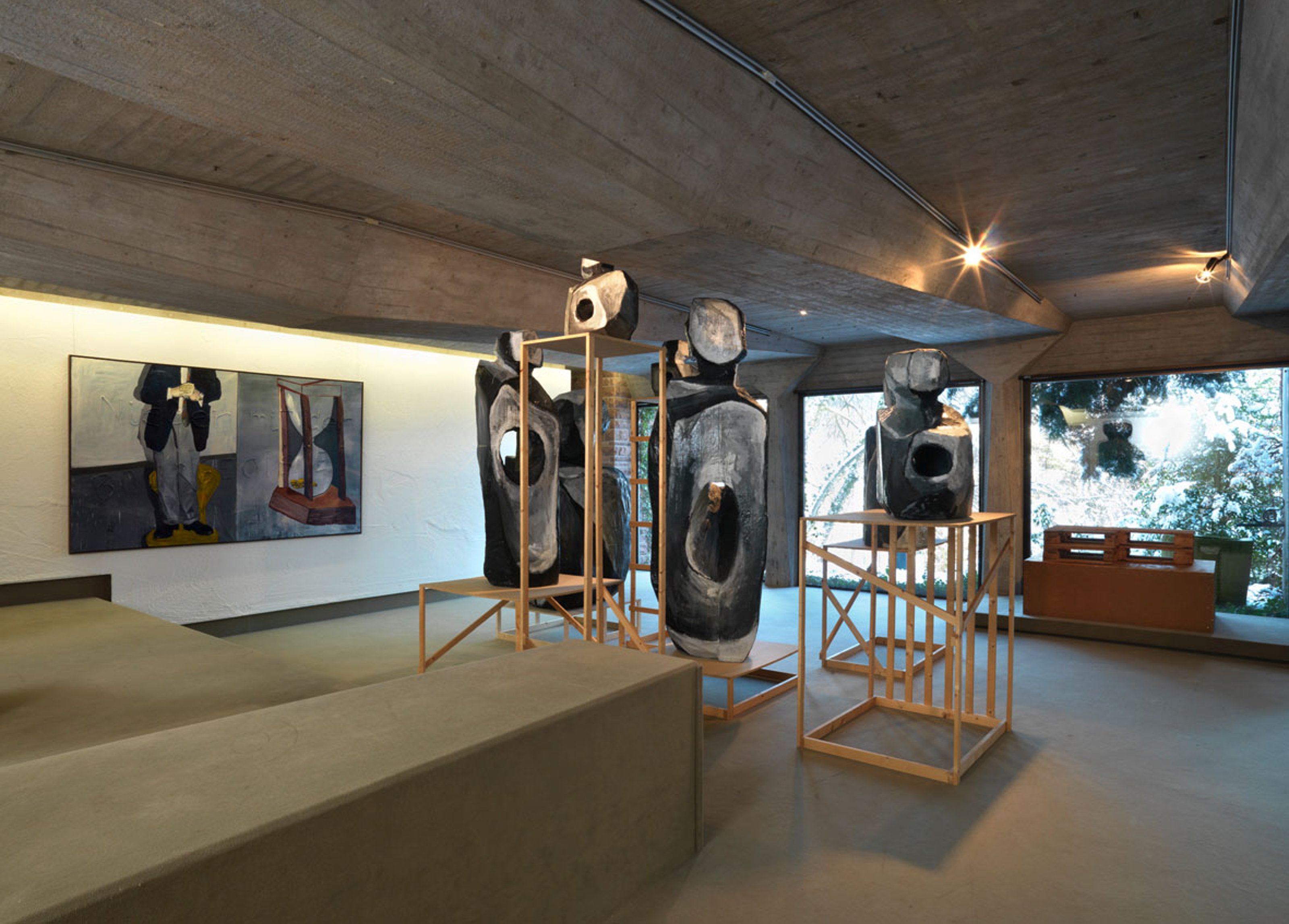
C: Why has Eastern European art been so neglected by Central Europe’s contemporary art scene?
KK: It’s something I’ve recently been thinking about. It’s as if they completely vanished from the map. The reason is mainly due to the political situation of a divided continent. Artists who were able to get over to the West were seen and discussed. But those who created wonderful work behind the Iron Curtain were never visible to a wider public. Only after the borders opened was it possible to gain contact with artists from Eastern Europe. mumok has shown an interest in Eastern European art ever since it was founded, and as the largest museum for contemporary art in central Europe, we see the presentation of Eastern European artists as a key part of our exhibition policy.
C: But even after the Iron Curtain was finally lifted, art from those very parts has barely made it outside. Thirty years might not be very long, but it’s still long enough to have had the possibility to create an impact elsewhere, at least further away from just its neighboring countries. Sometimes I think it’s a matter of content, the difficulty to absorb this Eastern European melancholy which is largely due to the reconfiguration of national identity. Perhaps the ‘outside world’ just can’t assimilate. I wonder if ‘successful’ contemporary art is that which is generally understood by mainstream society, art that somehow easily allows us to live vicariously through it…
KK: In Europe, which is nearer to the old Iron Curtain than the USA, we’ve been watching artists from the East since the 1980s. This surely has something to do with our own history. Eastern European artists also quickly found their places in European collections.